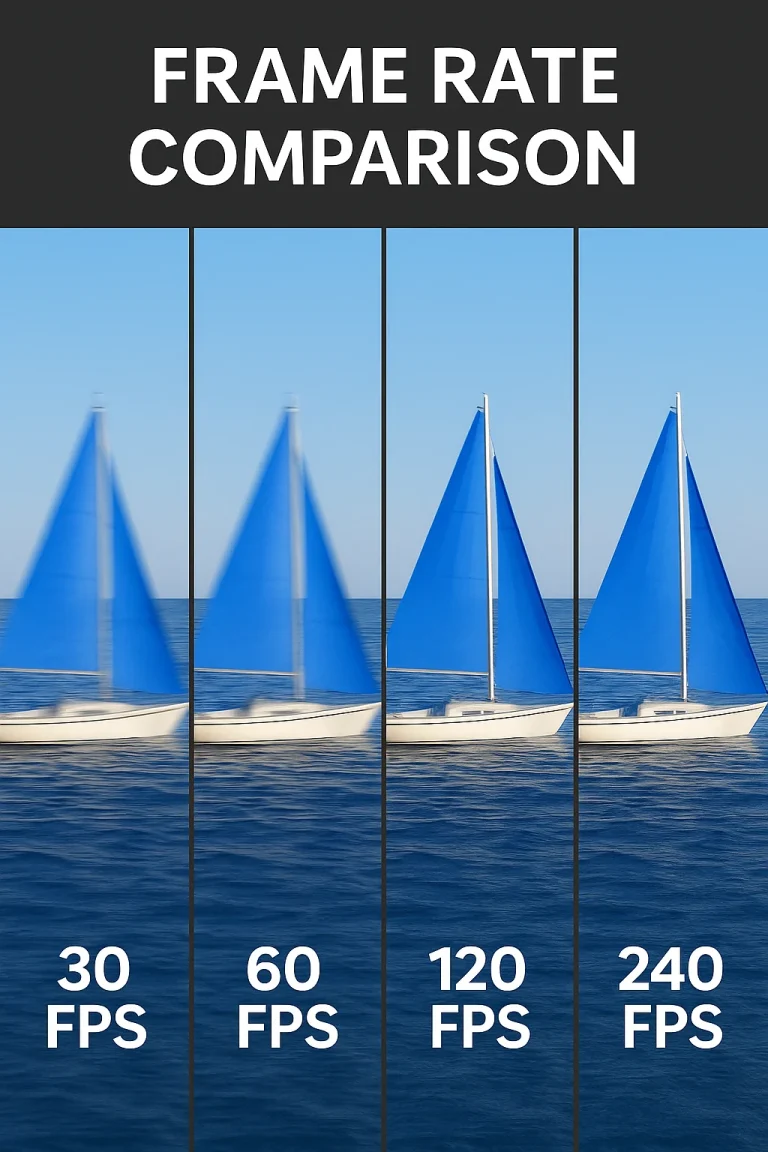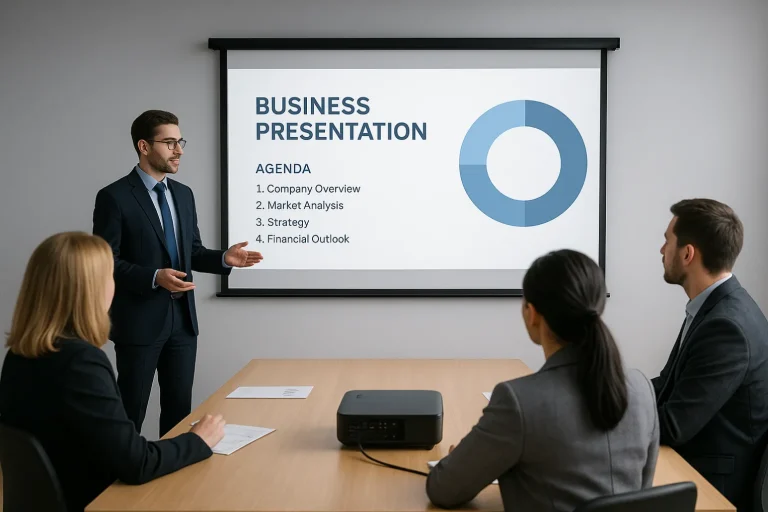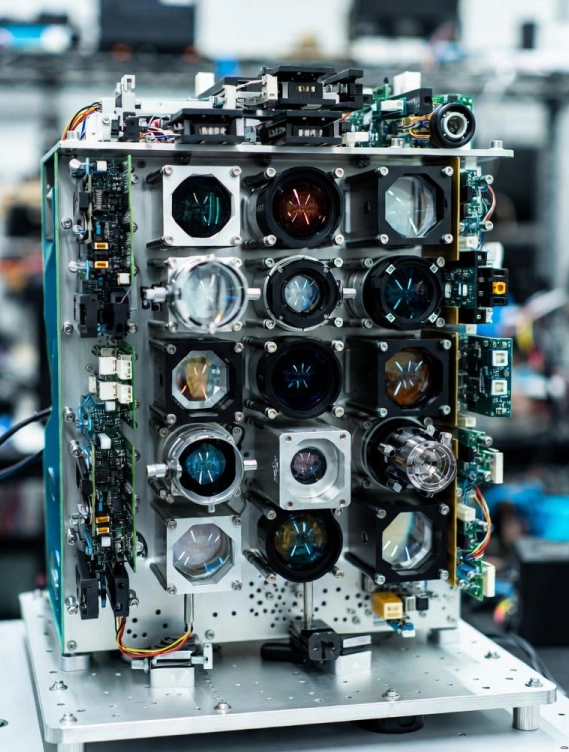Picking the right DLP projector factory can be a game-changer for your business. It’s not just about getting a product on the shelf. The right partner delivers quality, meets deadlines, and keeps your customers happy. Whether you’re sourcing projectors for retail, corporate gigs, or niche markets like outdoor camping, you need a plant that’s up to the task. So, how do you spot a winner? Let’s dive into the five key things you need to check when vetting a DLP projector plant. We’ll keep it real with practical insights and examples to guide your decision.
1. Technical Know-How and Fresh Ideas
DLP tech, built on Texas Instruments’ digital light processing, is the heart of top-notch projectors. A factory that nails this tech shows it’s got the chops to deliver. You want a plant with a solid history of digging deep into DLP research and a stack of unique tech under its belt. A strong technical foundation means projectors with crisp images, sturdy builds, and cool features like laser autofocus or keystone correction. For example, a factory crafting projectors with 1600 ANSI lumens and 1920x1080P resolution can make your products pop in a crowded market.
Look for a plant with a pile of patents—say, over 100—covering stuff like sealed optical lenses or advanced cooling systems. That’s a sign they’re not just following trends but setting them. Also, check if they’re pouring serious cash into research. A factory spending millions yearly on R&D, maybe developing Android AOSP-based interfaces or Google TV integration, stays ahead of the curve. And don’t skip the team. You need engineers who’ve tackled tricky projects like 3D imaging or high-lumen outputs. Their expertise makes the difference.
Want a quick tip? Ask for a demo unit. Testing a projector with a 0.47″ DMD chip pumping out 1600 ANSI lumens tells you more than any glossy brochure.
2. Production Muscle and Quality Checks
Your order size and delivery schedule hinge on the factory’s ability to produce at scale without skimping on quality. A plant that can crank out 20,000 units a month and still keep things tight is a keeper. But it’s not just about raw output. Quality control is where the rubber meets the road. A factory with a 3000m² setup and automated assembly lines, producing 150,000 units a year, shows it can handle big orders. This matters if you’re targeting markets like the U.S. or Japan.
Quality standards are non-negotiable. A plant certified with ISO9001/14000 follows global benchmarks for quality and eco-friendliness. They should be running tests like aging checks or optical inspections at every step to catch flaws early. If they can customize—like building a portable projector with a 15000mAh battery for outdoor use—that’s a bonus. Watch out for red flags, though. If they’re cagey about their processes or can’t show defect rates, that’s trouble. Same goes for plants that can’t scale up without dropping the ball on quality.
Picture this: you’re supplying projectors for a camping gear store. A factory that can deliver 20,000 units of a 1080P, 250 ANSI lumen model with a built-in battery and sealed lens keeps your shelves stocked for peak season.
3. Supply Chain and Cost Smarts
A factory that keeps costs in check while delivering quality is gold. Good supply chain management means your margins stay healthy, and your projectors arrive on time, especially for global markets. A plant with its own production lines, handling everything from mold design to final assembly, cuts out middlemen. This reduces delays and keeps costs down. Ask how they source parts like DMD chips or OSRAM light sources. A factory with solid supplier deals can save you money.
If you’re selling in places like South Korea or Germany, make sure the plant has experience shipping to 30+ countries. That shows they’ve got logistics dialed in. A factory that designs its own motherboards and software, for instance, avoids supply bottlenecks. This ensures your 600 ANSI lumen projectors land on time for a big launch. Weak supply chain management, on the other hand, can lead to delays or jacked-up costs. I once knew a guy who got burned by a factory whose lens supplier vanished, delaying his order by six weeks. Don’t let that happen to you.
4. After-Sales Support and Customer Care
Nothing sinks your brand faster than lousy after-sales service. A good DLP projector factory needs a rock-solid system for handling customer issues, repairs, and warranties. A dedicated after-sales team that can fix problems—like a glitchy autofocus—builds trust with your customers. You want a plant with a clear process, maybe a ticketing system or 24/7 support for global clients. Check their warranty terms, too. A one-year warranty on a 1280x800P projector with a 600 ANSI light source shows they stand by their work.
Why does this matter? Your customers expect quick fixes. A factory that provides clear troubleshooting guides or fast repairs keeps your brand’s reputation intact. Imagine a 15000mAh battery projector failing after a month. Without strong after-sales support, that’s a PR disaster. I heard about a retailer who sourced projectors from a factory with no after-sales team. When a batch had keystone issues, they were stuck scrambling, and it cost them a major client. Vet this carefully.
5. Track Record and Market Cred
A factory’s history in the DLP projector game is a big clue to its reliability. Seasoned players with a global presence are less likely to cut corners. A plant that’s been around since, say, 2013 and focuses on DLP tech probably knows its stuff. If their products are sold on big e-commerce platforms or in 30+ countries, that’s a sign of trust and logistical know-how. Dig into reviews or testimonials, too. A factory praised for its 1080P projectors or features like Google TV integration is a solid pick.
This matters because a new factory might offer cheap prices but lack the experience to handle big OEM projects or navigate export rules. You want a partner who’s shipped 450 ANSI lumen projectors to Japan without a hitch. Check their claims on their website or LinkedIn. If they brag about 100+ patents, look up a few in public patent databases to confirm. A factory with a strong reputation reduces your risk and keeps your business humming.
Introducing Toumei: Your Trusted DLP Projector Supplier
Toumei Projector, started in 2013, is a big name in DLP projector manufacturing. Based in Shenzhen, China, Toumei uses American Ti DLP tech to create top-tier projectors for markets worldwide. With over 100 patents, a 3000m² factory, and the ability to produce 20,000+ units a month, they’re a go-to for OEM/ODM projects. Their lineup spans the portable C series (960x540P, 180 ANSI lumens) to the flagship X series (1920x1080P, 1600 ANSI lumens), covering needs from outdoor camping to boardroom presentations. Certified with ISO9001/14000 and backed by a strong R&D team, Toumei delivers quality, fresh ideas, and reliable customer support, making them a trusted partner for businesses everywhere.
Conclusion
Vetting a DLP projector plant takes work, but focusing on these five key factors—technical know-how, production muscle, supply chain smarts, after-sales care, and market cred—sets you up for a win. A factory with a solid track record, tight quality control, and a knack for fresh ideas ensures your projectors meet customer needs and keep your brand in the game. Whether you’re stocking retail shelves or targeting specialized markets, these factors point you to a plant that delivers quality and value every time.




